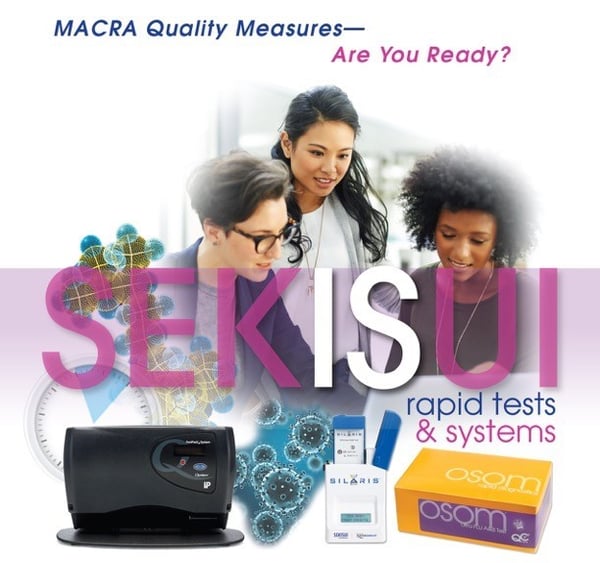What is MACRA, Anyway?
 MACRA. MIPS. APMs. BLT. PB&J. Yes, the government is throwing more acronyms at you (it’s also possible one of those doesn’t belong!). So what is MACRA, and how do MIPS, APMs, and a plethora of other acronyms relate?
MACRA. MIPS. APMs. BLT. PB&J. Yes, the government is throwing more acronyms at you (it’s also possible one of those doesn’t belong!). So what is MACRA, and how do MIPS, APMs, and a plethora of other acronyms relate?
The Medicare Access and CHIP Reauthorization Act, or MACRA, was signed into law in 2015, and went into effect last year. It changes how Medicare pays for physician services and repeals the Medicare physician sustainable growth rate (SGR) formula providing predictable payment increases.
The Physician Quality Reporting System, the Value-Based Modifier, and Meaningful Use are being combined into one system. Other programs, including Accountable Care Organizations (ACOs), bundled payments, and various value-based models, have continued and their incentives/penalties are not impacted by MACRA.
Value-Based Care
MACRA is a major shift toward value-based care and away from fee-for-service (FFS). It offers a two-track payment system called the Quality Payment Program (QPP): one track is the Merit-based Incentive Payment System (MIPS), and the other is Alternative Payment Models (APMs). We’ll discuss both tracks in-depth in an upcoming blog so stay tuned for more to come!
This program affects all physicians, physician assistants, nurse practitioners, clinical nurse specialists and nurse anesthetists. MACRA will also affect pathologists, as they qualify as providers, though the legislation often overlooks the needs of this group. The MIPS program is estimated to have a $1.5 billion overall impact on the pathology specialty beginning in 2019.
The principal goal of MACRA is to transition Medicare payments to a program based on the quality and value of services provided. The QPP was created with two paths to assist providers in more quickly transitioning to a system that promotes value and quality.
Readiness
In January 2019, providers must enter either the MIPS track or the APM track—the majority of physicians are expected to take the MIPS track. The first MIPS payment adjustments of plus or minus 4% will begin to be factored into Medicare Part B payments in spring 2019.
Providers across the country are in various states of readiness. For pathologists, it’s important to note that the College of American Pathologists’ advocacy successfully added a provision to MACRA that ensures pathologists have flexibility to participate in new reimbursement models.
Steps You Can Take
There are many things you can do to not only prepare for but succeed under MACRA. Because MACRA rewards clinicians for value over volume, same day point-of-care testing with a physician office lab (POL) can improve two key MACRA objectives: outcomes and quality of care. You should consider bringing tests in-house and have a thorough understanding of upfront costs, space & staffing, training, and overall time to upgrade.
Sekisui Diagnostics knows what medical practices need to effectively create and run a POL and can provide a comprehensive product line for point-of-care testing.
Learn more about how our Strep, Flu, PSA and iFOB Tests can help you meet specific quality measures




Share Article